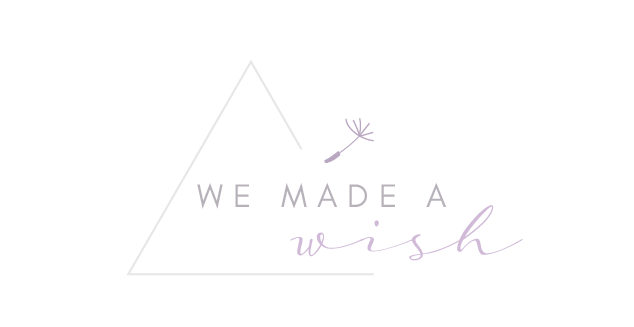When my husband and I first started to think about adoption, I scoured the internet for blogs or books written by adopters about their experiences. I wanted to know what the process was really like. How does the assessment work? What kinds of things can be an issue? What happens on the preparation course? How many appointments do you have during home study? What is the adoption Panel? I had so many questions.
I found the answers to some things by reading adoption agencies’ websites. But that didn’t tell me the nitty gritty. The kinds of things that only someone who’s been through the process knows. There were books about adoption. But they were mainly textbooks about parenting styles and the kinds of issues adopted children often face. Or books about an adoption journey.
Once the dust had settled a bit from our eldest coming home, I decided I wanted to write an adopter’s guide to adoption. Something that would answer a lot of the questions I had at the start of the process. Fast forward five years and another child later, and I’ve finally finished it.
An Adopter’s Guide to Adoption
So, what is An Adopter’s Guide to Adoption? And how will it help anyone starting to think that adoption might be the way that they create their family?
The book starts with a brief outline of the process that determines that a child needs to be adopted. It’s something that’s decided by a court when concerns are raised by social services about the care being given, or likely to be given to a child.
Social services don’t make the decision. They present their evidence which can be challenged by parents. It’s then for the court to decide where a child lives throughout their childhood.
The guide then looks at the types of things you can do before you start the process. The key thing is to make sure you’re ready emotionally. Not everyone adopts because of infertility. But a lot do. Infertility is brutal and emotionally draining. Give yourself time to come to terms with it if you’ve experienced it.
There’s a lot you can do before you start looking for an agency. You can do practical things like preparing your home and finances. Decide on who you’d like to use as referees. If you don’t have childcare experience, look at how you can get some.
Do lots of research about adoption agencies and adoption itself and the issues children who have experienced early life trauma face.

Adoption assessment
The guide then looks at the two stages of the assessment. Stage One includes background checks, medicals, preparation courses, and self-learning.
Stage Two is the home study where your social worker will meet you regularly to talk about your life. They’ll want to know about your childhood, what makes you tick, and what your relationship with your family is like. If you’ve got a partner, what your relationship is like?
All of the information shared in these meetings will go into a report prepared by your social worker.
This section ends by looking at Panel, what it is and what to expect.
The next section looks at matching. This is the process that matches you to a child or sibling group. It’s the part of the process that I found the most difficult.
I couldn’t get my head around how our social worker would know whether a child would fit into our family or we’d fit with them. It was a massive leap of faith for me to trust her to get it right. She did. She got it spot on. There’s quite a lot of our story in this section as I think it helps to illustrate how the process works.
The final section looks at introductions, placement, and beyond. Topics in this section include adoption leave and pay, entitlement to child benefits, post-adoption depression, applying for the order, and a lot more. It provides information mixed with snippets from our story to show how we dealt with certain things.
Buy and review the book
So, if you’re starting to think about adoption, or know someone who is, I hope my guide will answer a lot of your questions. If you’ve already read it, I’d love to know what you think. Does it cover everything it should? If not, what else would you like to know about?
An Adopter’s Guide to Adoption is available to buy in paperback and Kindle formats from Amazon.

There are lots of reviews of different books in the magazine. Head over to the book review section to read them.







